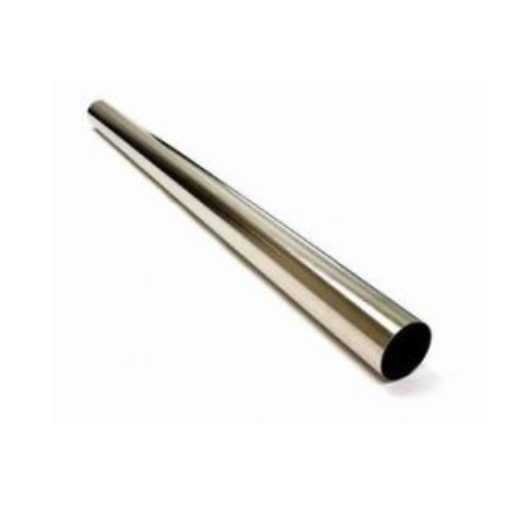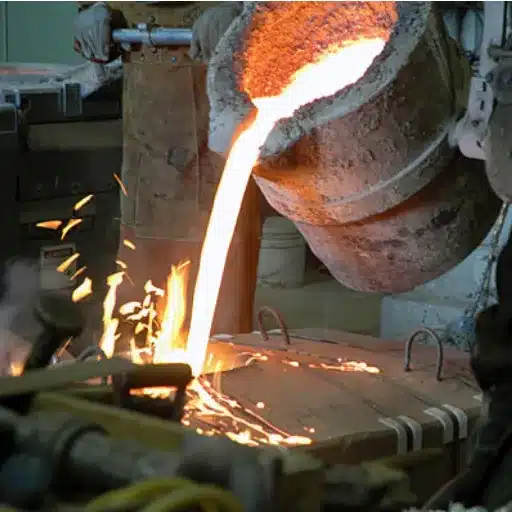When it comes to industries like food and beverage production, ensuring the highest standards of hygiene and safety is non-negotiable. A critical yet often overlooked aspect of maintaining sanitation in these environments lies in the construction and maintenance of stainless steel piping systems. Sanitary weld techniques, specifically designed to meet stringent food safety regulations, play a pivotal role in preventing contamination, maintaining product integrity, and ensuring efficient operations. This article dives deep into the essentials of sanitary welding for stainless steel pipes, helping you understand why these techniques matter, how they are executed, and the standards they must meet to uphold safety and compliance in food processing environments.
What is Sanitary Welding and Why is it Important?
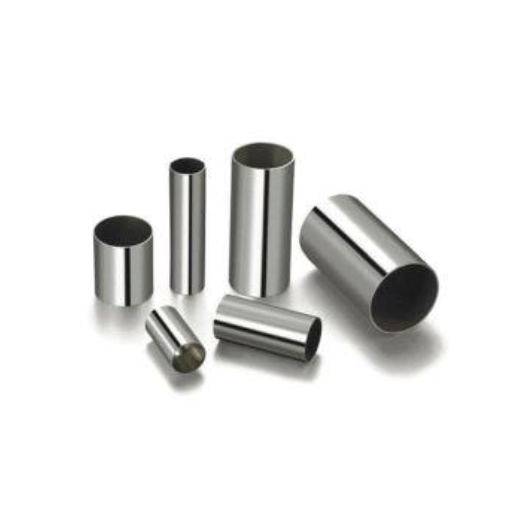
Understanding the Role of Sanitary Welding in Food Processing
Sanitary welding is one of the best methods to hygienically join stainless steel piping systems within food processing plants. It further ensures these plants are free from any form of cross-contamination. The smooth and hazel-free welds that are created using this method are impenetrable, which makes it impossible for bacteria and other harmful substances to accumulate. These features make sanitary welding crucial in the very clean and sterile areas of food safety.
Sanitary welding is the most important welding option when the preservation of the destruction system’s sanitation facilities, along with the detailed accuracy of regulations, is required. Welds with irregular surfaces and improper finishing could easily trap harmful microorganisms, thus becoming a danger to product safety. To achieve the mentioned outcome, sanitary welding utilizes up-to-date techniques and equipment that give satisfactory weld precision at internationally accepted levels. These guarantees mark the entire lifecycle of food processing, free from risks of contamination for safe and sanitary practices.
A balance of skill and specialized tools is necessary to execute sanitary welding. Moreover, further treatments like passivation and electropolishing are done to improve the finish and increase the durability of the piping system. These best practices show how welding enhances operational efficiency, safety compliance, and the safety and quality of food products.
How Does Sanitary Welding Differ From Standard Welding?
Sanitary welding is a specialized technique used in sanitary welding that includes hygiene and cleanliness, for food, pharmaceuticals, and biotechnology industries. Unlike standard welding, which emphasizes structural strength and basic functionality, sanitary welding ensures there are no contaminants, cracks, or any features that would harbor bacteria or defile the product in the welds.
In this regard, the fundamental difference is in the materials and procedures. As discussed earlier, sanitary welding uses stainless steel because of its corrosion resistance and smooth surface, which lessens contamination. Welded joints undergo meticulous examination for no cracks, pits, or sharp edges. In contrast, standard welding processes have decidedly set criteria regarding precision and surface quality, which are often not as rigorously outlined for other types of applications. Other advanced practices, like orbital welding, are used to ensure there are consistent and quality welds with minimal human error.
Another important difference is how each type of weld is post-treated. Sanitary welds usually go through processes such as passivation, which cleans off contaminants and increases corrosion resistance. Electropolishing can also be done to raise the level of cleanliness and smoothness of the surface even further. These other steps are seldom needed in standard welding unless certain circumstances and requirements are present in the surrounding environment and operations. All in all, sanitary welding incorporates more than structural soundness by including inflexible industry requirements for the health and safety of the final products.
Ensuring Food Safety with Proper Welding Techniques
Welds must be performed with special attention to detail in order to properly maintain food safety in regions where hygiene is critical. Bacteria and contaminants can reside in gaps, fissures, and spaces created due to welding, all of which impact food hygiene. In order to avoid these issues, food-grade welding must follow guidelines such as obliteration of weld voids and smooth finishes that inhibit bacterial growth.
Another aspect of weld hygiene is ensuring the material used is safe for food contact and is of high quality, for example, stainless steel 304 and 316. Stainless steel is easily cleaned and corrosion resistant, making it an ideal candidate. Welders need to be particular with the heat applied during welding, as too high or too low can change the structure of the steel, compromising its integrity. Furthermore, TIG welding is preferred for applications where precision and low contamination are a must.
Weld inspection and validation are just as pivotal to the sanitation process. This encompasses visual assessment for smoothness and non-destructive testing techniques like dye penetrant or radiographic testing for hidden defect identification. The treatment of passivation, done after welding, is important as it restores the stainless steel chromium oxide layer, which improves the anti-corrosive nature of stainless steel.
How to Achieve Food Grade Welding Standards?
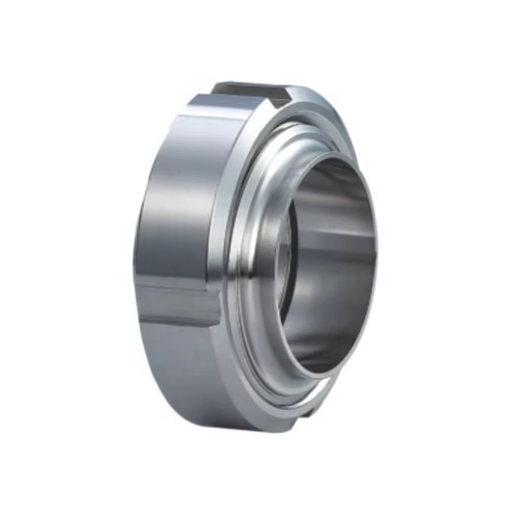
The Importance of Grade Welding in Food Production
Grade welding and grade welding techniques are essential in achieving safety and efficiency in food production areas. The food processing industry demands high-grade welding standards to very hygienic and structural criteria. Inadequate food-grade welding and poor hygienic welding practices can result in the formation of ledges, fissures, and bacteria-filled holes, which pose a serious hygienic threat to food products.
Basic practices, such as the selection of materials, are very important when it comes to the completion of food-grade welds. Stainless steel, AISI 304 in particular, is widely used owing to its corrosion-resistant features and the ability to undergo steam cleaning or chemical cleaning at high temperatures. Highly specialized welding processes like TIG welding are practiced largely as they produce clean, sharp edges and seam-free welds that meet the sanitation and hygiene mark of food grade standards.
Moreover, the sector is adopting automated and robotic welding systems for greater consistency and the removal of human error, which yields error-free, uniform welds. The use of real-time monitoring technologies further guarantees accuracy during fabrication. Following the practice of these innovative strategies, food companies cannot only achieve compliance with health regulations but also improve productivity, cut maintenance expenses, and prolong the working life of their production facilities. For these grade welders, such benefits highlight the growing emphasis placed on graded welds when striving to provide the market with wholesome and safe food.
Common Welding Tips for Food-Grade Stainless
- Make Sure to Clean All Stainless Steel Components Before Welding. As an example, check the surface of the stainless steel to ensure pre-cleaning is done. Steam cleaning should remove all contaminants such as grease, oil, or dirty fingerprints. Water-soluble contaminants must be removed before welding. Non-chlorinated solvents should be applied along with the assurance that all surfaces are dry before welding.
- Consider Using Low-Carbon Stainless Steel Alloys: Such alloys include 316L or 304L. These materials lower the chances of carbide precipitation during welding, consequently lowering the chances of intergranular corrosion, which can highly impact the hygiene of the product, which is dangerous for food-grade products.
- Moderately Control Heat Input to Avoid Adding Stress: Adding too much heat can increase the chances of warping, discoloration, or even corrosion resistance going down. Therefore, using a pulsed TIG technique allows for better control of heat levels. Heat sinks and fixtures can aid in thermal distortion and should be set at proper angles for maximum effect.
- Strictly Avoid Cross Contaminationsto Prevent Cross Contamination: When dealing with carbon steel clips, there is a possibility that cross-contamination occurs. Tools that utilize stainless steel must not be worked with any other metal. Ensuring a contamination-free workspace, even at a microscopic level, is paramount for maintaining the hygiene standard required.
- Passivation of Welded Areas: Restoring the protective chromium oxide layer on stainless steel surfaces requires post-weld passivation, which is especially important. To enhance corrosion resistance, apply approved treatments such as nitric or citric acid. These gaps may also be passivated by heat tint or oxide layer removal through mechanical polishing of the weld zones.
Following these recommendations, considering emerging technological development, allows meeting the surface and structural requirements for food-grade stainless steel to be achieved by welders and manufacturers.
What Materials Are Used for Sanitary Pipe Welding?
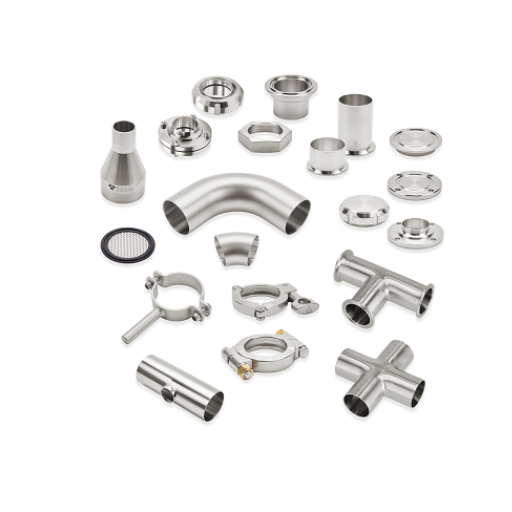
Exploring Stainless Steel Options: 304 vs. 316
The stainless steel grades most commonly chosen for sanitary piping welds, due to their fabrication ease and superior corrosion resistance, are 304 and 316. While both options are austenitic alloys, their differences in chemical composition provide varying advantages, which makes a grade selection highly dependent on the nature of the operational environment and the technical requirements of the task at hand.
Grade 304 stainless steel is composed of approximately 18 percent chromium and 8 percent nickel, which protect it from oxidation and corrosive agents substantially under standard conditions. 304 also has high resistance to moderately corrosive substances, which makes it ideal for use in food-grade applications and external indoor installations. Regardless of how versatile grade 304 stainless steel is, it has low resistance to pitting and crevice corrosion due to aggressive conditions caused by chlorides and other chemical agents, which can lead to crevice corrosion.
316 stainless steel grade is a better alternative as it has approximately 16 percent chromium, 10 percent nickel, and 2 to 3 percent molybdenum added. Molybdenum addition allows greater resistance to chlorides, saline environments, and chemical exposure, making grade 316 ideal for marine piping and for more corrosive pharmaceutical and chemical processes. Increased resistance and durability come at a cost as compared to grade 304, making grade 316 more expensive.
While choosing stainless steel 304 or 316 for sanitary welding, manufacturers need to evaluate the application’s purpose, the level of corrosive substances involved, and the requirements for performance over time. Also, new technologies such as laser welding and new methods of polishing have the potential to increase the usefulness and life of these materials in important industries.
How to Prevent Corrosion in Steel Pipe Welding
While focusing on corrosion prevention in steel pipe welding, it is clear that integrated techniques, practices, and material choices play an essential role in the retention of welded structures. From basic principles, the selection of steel grade filler metal plays an equally pivotal role. Making use of 316 stainless steel grade allows tit withstand more corrosion enhancing molybdenum content, making this grade useful in chloride and aggressive chemical environments.
As significant as surface preparation before welding, adequate residue, including oil, grease, and oxide layer, is vital for removal as well. During the weld, controlled pointing not only reduces the risk of thermal sensitization, stainless alloys with a tendency to cope with chromium carbide precipitation suffer from, but also has the potential of limiting having shunt blocks. Resulting in little to no formation of localized pits.
Restricting gas contamination along with controlling oxidation, aids the welding effort. Using a blend of argon and helium while removing stainless steel pipes prevents the airstream from participating in the formation of the weld bead, along with oxidation. Final steps include necessary actions and pickling in addition to passivation, removing the active corrosion-protecting oxide layer.
In addition, modern developments in welding technologies like autogenous laser welding and hybrid laser-arc techniques offer better control of heat input, lowering distortion and improving corrosion resistance in the affected zones. Fabrication accuracy, with protective coatings or linings in aggressive corrosive service conditions, along with routine assessment for protective welds, also enhances structural integrity and ensures the durability of welded steel constructions.
Guidelines for TIG Welding in Food Grade Stainless Applications
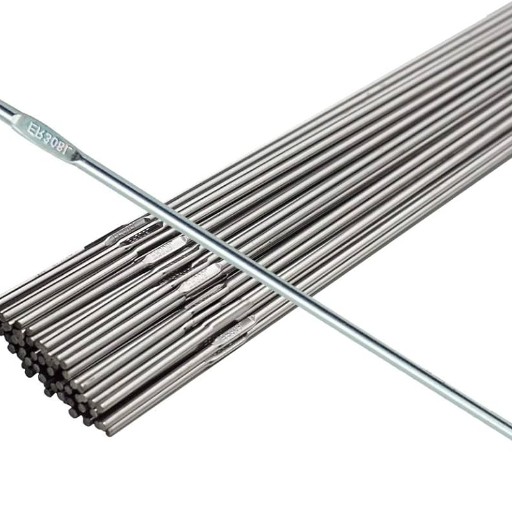
Mastering TIG Welding Tips for Optimal Results
To attain the expected results when welding stainless steel parts through TIG welding, one must observe various precision techniques and best practices, which are necessary when cleanliness and meticulous attention to detail are needed for processes such as food-grade stainless steel fabrication welding. Important aspects to consider are:
- Proper Tungsten Electrode Selection: The right tungsten electrode selection is imperative. In the case of stainless steel welding, the best choices are either a thorium or lanthanated tungsten since their starting arcs are stable, and they offer good priming characteristics.
- Gas Coverage and Flow Rates: During the TIG welding process for stainless steel, argon is usually the preferred shielding gas for its controlled properties and maintained weld arcs. Not exceeding the flow rate of 10 to 20 CFH (cubic feet per hour) ensures a proper region of coverage is maintained during the process and oxidation is limited.
- Joint Preparation and Cleanliness: The ordering of the joints must be executed with high levels of attention to detail. For enhanced joint quality, oil or dirt contaminants need to be removed from the material surfaces, which can be solved through the use of stainless-compatible cleansers.
- Heat Input Control: Having low inputs of heat is vital since it reduces distortion and the chances of carbide precipitation occurring, which lowers the resistance against corrosion. In cases where pulsed TIG modes are applicable, they are recommended since they enable flexible control of heat input while still retaining weld penetration and appearance.
- Selection of Filler Material: Select a filler that is equal to or outmatches the corrosion resistance and properties of the base material. For food-grade stainless steel, ER308L or ER316L is usually employed due to low carbon content and high compatibility.
As ER processes and constantly developing automated functions operators, these techniques, along with constant skill from the operators and monitoring the process, enable persistent weld quality, strength, and longevity even in the most challenging, highly demanding, regulated environments.
Understanding the Role of Argon in TIG Welding
Argon is very important for TIG welding because of its unique colorless chemical and physical properties. It serves as an excellent shielding gas for high-precision welding. Weld pools react with the inert argon gas without chemically, providing a stable shield that blocks atmospheric breach containing oxygen, nitrogen, and hydrogen. This prevention allows weld’s structural soundness to be retained from surface-level voids like porosity, oxidation, gas infiltration, and structural integrity damage.
The effectiveness of using argon as a shielding gas relies greatly on other factors, such as argon’s density. As a noble gas, argon has a greater mass compared to air. Therefore, it serves as a protective blanket covering the weld area, which is great argon even in unfavorable conditions such as light draughts during fabrication. Its lower ionization potential also facilitates smooth and stable arcs, contributing to enhanced control over energy exertion and better finishing quality and precision of the weld, a necessity for the aerospace, automotive, and food-grade manufacturers.
To maximize efficiency, a lot of welders use pure argon as a shielding gas when performing TIG welding on non-ferrous metals like aluminum and magnesium. For some applications, adding small concentrations of helium or hydrogen along with argon increases the penetration depth, arc stability, or energy input, depending on the material and thickness of the weld. This is equally important in monitoring and controlling argon flow rates, where excessive flow may cause turbulence, and inadequate flow may result in insufficient shielding. Welders understand that these technical principles increase the effectiveness of argon in achieving the desired protrusions in welds formed.
Maintaining Sanitary Piping During the Welding Process
The food, pharmaceutical, and biotechnology industries require contamination control, making the maintenance of sanitary piping during welding important. It is necessary to ensure that the internal surfaces within the pipe do not have any pits, crevices, or other signs of wear that could serve as a sprouting ground for bacteria or biofilm. To achieve this, orbital welding systems are widely used because they offer high-precision automated welds with minimal deviation.
A significant part of the welding process is ensuring that the oxidation of the entire piping system is purged properly. A shield gas, generally argon, is needed to protect the weld zone from reactive gases such as oxygen, nitrogen, or other atmospheric gases. Also, it is vital to keep the flow of burage gas to be just the right amount while utilizing an oxygen analyzer to ensure the weld environment is devoid of oxygen, which in this case, has to be below 0.5%.
Moreover, the use of quality materials plays a critical role in active sanitary procedures. Pipes and fittings must be cleaned meticulously to ensure the parts are free from oils, particulates, or etched surfaces that would damage the weld. By utilizing stainless steel, or other approved materials that contain low levels of sulfur, the variation of resistance to corrosion would ensure compliance with ASME BPE, 3A sanitary standards.
Lastly, visual inspection and non-destructive testing techniques like dye penetrant and radiographic testing are used to check for uniformity in welds. These practices, in conjunction with proper records, confirm the piping system is ready for use while maintaining safety, efficiency, and cleanliness.
How to Prevent Food Contamination with Proper Welding?
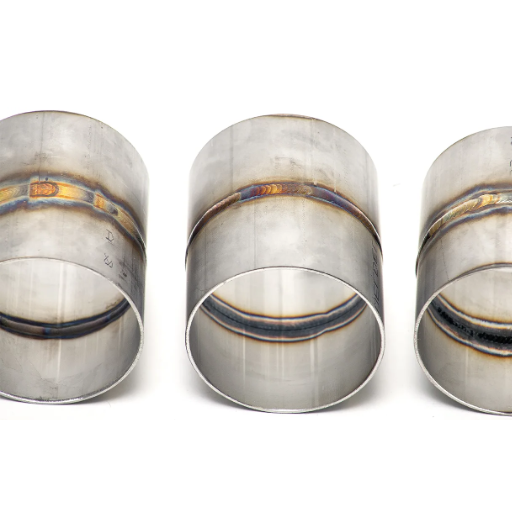
Identifying and Eliminating Burr and Other Imperfections
The food processing sector, especially in stainless steel piping systems, faces difficulties such as burrs, weld splatter, and general surface roughness. These flaws and imperfections are likely to cause hygiene problems since they can serve as retention areas, which can lead to contamination, chunks of bacteria, and residues without cleaning can build up. Addressing these problems starts with a detailed, robust inspection checking process that can include using borescopes or high-resolution cameras that magnify and detect irregularities on weld seams and other adjacent areas.
To achieve and maintain a smooth, sanitary finish, electropolishing, precision grinding, sanding, and other mechanical methods may be utilized. Apart from sanitizing irregular surfaces, detrimental DEFACER also improves the grade of steel Alloy C304 corrosion Resistor passive layer. Following compliance guidelines such as surface smoothness Ra (Roughness Average) values, which in the case of food-grade applications is under 0.8 µm (micrometers), guarantees reliability. Also, many measures like passivation can enhance the chemical stability of the surface, which is vital in avoiding contamination that can result from steel.
Non-destructive testing (NDT) methods, such as eddy current or ultrasonic testing, are incorporated in the quality assurance processes to ascertain the condition of cleaned areas without inflicting harm on the material. Along with following the controls, including ASME BPE and 3-A Sanitary Standards, these measures guarantee the identification and effective reduction of contamination risks that compromise food safety.
Implementing Prevent Contamination Practices in Welding
Preventing contamination in welding requires the integration of sophisticated technological methods, policies, and hygiene enforcement. First and foremost, proper material selection is critical. For instance, stainless steel is frequently employed within food-grade applications because of its resistance to corrosion and minimal risk of harmful particle release. Clean, controlled environments for material storage and handling are essential for lowering pre-weld contamination risks.
Another important advance step in preparation for welding is surface preparation. This is defined as the complete removal of grease, oil, or dust from the workpieces, which is crucial because welds are prone to fractures if they have destructive interference. Chemical cleaning, abrasive blasting, and ultrasonic cleaning are some cleaning procedures included in intensive preparatory works. In food production industries, high precision cleaning systems are critical because contamination of welds directly poses a threat to product safety.
Critical industries strive to manage contamination during fabrication, which is why modern welding processes like tungsten inert gas (TIG) welding exist. The high stability of arcs and control over heat input TIG provides lessens the chance of unwanted impurities being added to the weld pool. Additionally, shielding gases like argon and helium further ensure that the molten metal is safeguarded against atmospheric impurities such as nitrogen and oxygen.
It is just as important to regularly maintain welding equipment to mitigate the risks of contamination. Build-up of residue in weld torches, nozzle heads, or wire feeders can easily introduce particles to the weld zone. Implementing proper inspection and cleaning protocols for tools and weldables can drastically reduce this risk. Rigorously cleaning consumables also has the added benefit of improving the quality of the welds.
To be effective, welders need to follow industry standards of cleanliness, which include cleanroom policies as well as donning anti-shedding apparel. Staff should be trained on contamination mitigation and procedural compliance using dedicated programs. When applied systematically, these measures greatly reduce contamination risks while ensuring compliance with safety and reliability standards.
References
-
5 Sanitary Welding Standards for Food-Grade Applications – This source discusses essential sanitary welding standards, including sealing frameworks, eliminating burrs, and radiusing internal angles.
-
Ensuring Food Safety Through Sanitary Welding in Food Processing Plants – This article highlights the importance of smooth welds without sharp edges or burrs to prevent bacterial growth and ensure food safety.
-
Sanitary Stainless Steel Welding – High Purity & Precision – This resource explains how sanitary stainless steel welding minimizes contamination risks and ensures equipment cleanliness in food-grade applications.
Frequently Asked Questions (FAQ)
Q: What are some welding tips and general info for ensuring food safety in sanitary welds?
A: To ensure food safety in sanitary welds, it is crucial to focus on weld cleanliness, proper use of shielding gases, and selecting the correct welding technique. Using the right weld parameters and ensuring that welds are smooth can prevent contamination in food contact substances.
Q: Why is the minimum chromium content of 16% important in stainless pipes?
A: The minimum chromium content of 16% in stainless pipes is vital because it enhances corrosion resistance, which is essential for maintaining the integrity of the pipeline when in contact with food material. This chromium level helps in forming a passive layer that prevents rust and contamination.
Q: How does back purging contribute to safe and sanitary welds?
A: Back purging is a technique used to protect the interior of the weld from oxidation. It involves filling the inside of the pipeline with an inert gas, which helps ensure that the welds are clean and sanitary, preventing contamination of food contact substances.
Q: What is heat stress cracking, and how can it be avoided in sanitary welding?
A: Heat stress cracking occurs when the metal is exposed to excessive heat, causing it to crack. To avoid this, it is important to control the heat input during welding and allow for proper cooling. Using appropriate weld parameters and techniques, like walking the cup, can help minimize this risk.
Q: What is meant by full penetration or full penetration in welding?
A: Full penetration, or full pen, refers to the complete fusion of the weld through the thickness of the materials being joined. This ensures a strong and leak-proof joint, which is crucial in preventing entrapment and contamination in sanitary tube applications.
Q: What role does MIG welding play in creating sanitary welds?
A: MIG welding, or Metal Inert Gas welding, is a common technique used for its efficiency and cleanliness in joining stainless pipes. It helps create smooth welds, which are essential in preventing entrapment and ensuring that the welds are sanitary and suitable for food contact substances.
Q: Why is it important for welds to be smooth in sanitary applications?
A: Smooth welds are vital in sanitary applications because they minimize the risk of bacterial growth and entrapment of food material. Rough or uneven welds can create crevices where contaminants can accumulate, compromising food safety.
Q: What standards should be followed to maintain sanitary welding for food industry pipelines?
A: To maintain sanitary welding in food industry pipelines, adherence to standards set by organizations like AWS and ISO is crucial. These standards provide guidelines on material selection, weld parameters, and inspection procedures to ensure that all welds meet the necessary food safety requirements.

